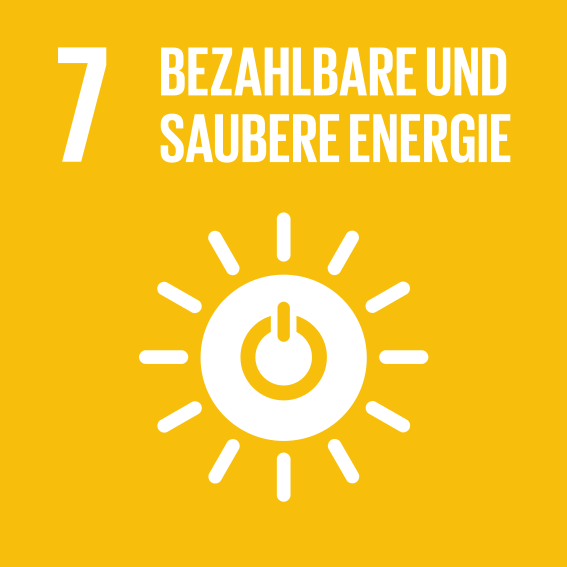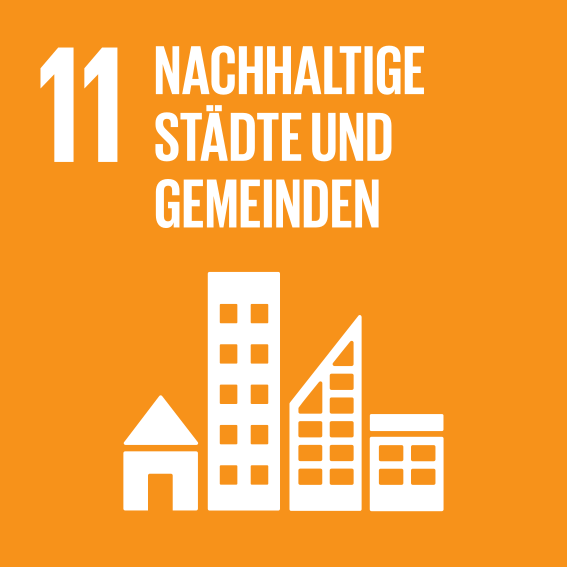|
Sources of PM2.5-associated health risks in Europe and corresponding emission-induced changes during 2005–2015
Gu, Yixuan
;
Henze, Daven K.
;
Nawaz, M. Omar
;
Cao, Hansen
;
Wagner, Ulrich J.
![[img]](https://madoc.bib.uni-mannheim.de/style/images/fileicons/application_pdf.png) |
PDF
GeoHealth - 2023 - Gu - Sources of PM2 5‐Associated Health Risks in Europe and Corresponding Emission‐Induced Changes.pdf
- Veröffentlichte Version
Download (3MB)
|
|
DOI:
|
https://doi.org/10.1029/2022GH000767
|
|
URL:
|
https://agupubs.onlinelibrary.wiley.com/doi/abs/10...
|
|
URN:
|
urn:nbn:de:bsz:180-madoc-666692
|
|
Dokumenttyp:
|
Zeitschriftenartikel
|
|
Erscheinungsjahr:
|
2023
|
|
Titel einer Zeitschrift oder einer Reihe:
|
GeoHealth
|
|
Band/Volume:
|
7
|
|
Heft/Issue:
|
3, Article e2022GH000767
|
|
Seitenbereich:
|
1-21
|
|
Ort der Veröffentlichung:
|
Hoboken, NJ
|
|
Verlag:
|
Wiley
|
|
ISSN:
|
2471-1403
|
|
Sprache der Veröffentlichung:
|
Englisch
|
|
Einrichtung:
|
Fakultät für Rechtswissenschaft und Volkswirtschaftslehre > Umweltökonomik, Industrieökonomik, Finanzwissenschaft (Wagner 2015-)
|
|
Bereits vorhandene Lizenz:
|
 Creative Commons Namensnennung 4.0 International (CC BY 4.0) Creative Commons Namensnennung 4.0 International (CC BY 4.0)
|
|
Fachgebiet:
|
330 Wirtschaft
540 Chemie
|
|
Freie Schlagwörter (Englisch):
|
source appointment , PM2.5 , health impacts , adjoint , Europe
|
|
Abstract:
|
Abstract We present a newly developed approach to characterize the sources of fine particulate matter (PM2.5)-related premature deaths in Europe using the chemical transport model GEOS-Chem and its adjoint. The contributions of emissions from each individual country, species, and sector are quantified and mapped out at km scale. In 2015, total PM2.5-related premature death is estimated to be 449,813 (257,846–722,138) in Europe, 59.0% of which were contributed by domestic anthropogenic emissions. The anthropogenic emissions of nitrogen oxides, ammonia, and organic carbon contributed most to the PM2.5-related health damages, making up 29.6%, 23.2%, and 16.8%, respectively of all domestic anthropogenic contributions. Residential, agricultural, and ground transport emissions are calculated to be the largest three sectoral sources of PM2.5-related health risks, accounting for 23.5%, 23.0%, and 19.4%, respectively, of total anthropogenic contributions within Europe. After excluding the influence of extra-regional sources, we find eastern European countries suffered from more premature deaths than their emissions caused; in contrast, the emissions from some central and western European regions contributed premature deaths exceeding three times the number of deaths that occurred locally. During 2005–2015, the first decade of PM2.5 regulation in Europe, emission controls reduced PM2.5-related health damages in nearly all European countries, resulting in 63,538 (46,092–91,082) fewer PM2.5-related premature deaths. However, our calculation suggests that efforts to reduce air pollution from key sectors in some countries can be offset by the lag in control of emissions in others. International cooperation is therefore vitally important for tackling air pollution and reducing corresponding detrimental effects on public health.
|
 | Dieser Eintrag ist Teil der Universitätsbibliographie. |
 | Das Dokument wird vom Publikationsserver der Universitätsbibliothek Mannheim bereitgestellt. |
 Suche Autoren in Suche Autoren in
BASE:
Gu, Yixuan
;
Henze, Daven K.
;
Nawaz, M. Omar
;
Cao, Hansen
;
Wagner, Ulrich J.
Google Scholar:
Gu, Yixuan
;
Henze, Daven K.
;
Nawaz, M. Omar
;
Cao, Hansen
;
Wagner, Ulrich J.
ORCID:
Gu, Yixuan ; Henze, Daven K. ; Nawaz, M. Omar ; Cao, Hansen ; Wagner, Ulrich J.  ORCID: 0000-0002-4046-2803 ORCID: 0000-0002-4046-2803
Sie haben einen Fehler gefunden? Teilen Sie uns Ihren Korrekturwunsch bitte hier mit: E-Mail
Actions (login required)
 |
Eintrag anzeigen |
|
 ORCID: 0000-0002-4046-2803
ORCID: 0000-0002-4046-2803



 Creative Commons Namensnennung 4.0 International (CC BY 4.0)
Creative Commons Namensnennung 4.0 International (CC BY 4.0)




 Suche Autoren in
Suche Autoren in